Water may be a high-demand commodity but we lose lots of it in leaks. Not so long ago, a government report estimated that 10% of Sydney’s daily water supply escaped through the cracks: water quite literally down the drain, you might say.
And, it’s not just drinking water that can leak. Without proper testing, stormwater and sewage can too.
Pressure management is a fundamental strategy for water leak control. Find out about the 4 key types of pipe testing that could help make leakages become water under the bridge.
1. Water and Stormwater Testing
In homes, water pressure can be the key cause of common plumbing issues. Poor pressure can contribute to a shorter life span of big plumbing appliances such as heaters and boilers. It can be the reason a seal or valve breaks or a pipe begins to leak.
Plumbers will always carry out a water pressure test on newly built properties or before installing any major plumbing appliances, this is part of the standard building code. Manufacturers never recommend exceeding the Australian standard for water pressure in the home.
For households, the gold standard is 500 kPa: a kilopascal being the unit of pressure. So, if your water pressure is very near to 500 kPa, you’re getting an ideal service. Water pressure that’s too high can void warranties on household appliances like washing machines. It also increases the risk of leaks or burst pipes. Both can cause serious water damage to your home.
During the water testing process, the pipeline gets filled evenly and brought up to pressure after letting all trapped air get expelled from the line.
Plumbers will typically maintain the test pressure for a minimum of 15 minutes. They’ll then inspect all joints and connections for leakage. Next up, they’ll repair any defects they detect and retest the pipeline.
Test plugs are a basic requirement in all plumbing tests. Some plugs are tricky to install and can even cause workers to get a nasty, unexpected shower or in some cases a serious hand injury.
K-Valve is an award-winning and extremely efficient inspection and testing device, specially designed to integrate testing systems used in all residential, commercial and industrial environments. It’s the ultimate plumbing safety valve every tradesperson should have with them.
2. Air Testing
Sometimes, water is unavailable or undesirable for testing. Using compressed gas instead could cause pipes in a home to explode. Air is a useful alternative, especially for stormwater testing.
A plumber will drain the system of water and seal all openings before slowly pumping in the air until they see a test pressure of 50KPa. This lower pressure, compared to what you’d expect to achieve with a water test, is as effective. This is because the viscosity tension of water is greater than that of air.
If no leaks get detected after 3 minutes and provided there’s a level of consistency in the pressure, your plumber will hold the test pressure for a minimum time of 1 minute. If the test pressure drops below 35KPa, then the plumbing technician will return the pressure to 50KPa until they complete a full inspection of the pipeline.
They’ll check joints and connections typically using a solution of water and detergent poured onto a suspect joint. If there’s a leak they’ll see the solution foam or bubble.
Again, testing plugs are an essential part of the job. K-Valve is safer, easy to use and specially engineered for stormwater and air testing. This plumbing test valve will reduce the chance of injuries and speed up testing time.
3. Vacuum Testing
Sewer pipeline vacuum testing is a procedure often used to check for leaks caused by impaired pipe seals and joints or poor installation during construction.
It’s vital to ensure the environment does not become contaminated. Typically, a leaking pipeline will attract the roots from trees. That can cause further problems and blockages.
Pipelines commonly get tested by vacuuming air out of the pipeline creating a negative pressure. The plumbing team would typically begin by creating a safe working area. All open ends would then get plugged and propped.
The air then gets vacuumed out complying with a specially designed test. Once there’s a negative pressure of 27 kPa, the team would then close a valve and allow pressure to stabilise for at least 3 minutes to identify any initial leakage.
Local authorities have their particular standards so recordings would get taken related to time and drops in pressure to ensure compliance and subsequent potential repairs. Normally, there’ll be an allowance for the gauge pressure to drop to 23.6 kPa when time recording should begin. The pipeline would pass the test if the test vacuum loss is less than or equal to 7kPa over a specified time.
4. Deflection Testing
This kind of testing will confirm whether a pipe or conduit is still in a round, circular shape or condition and free of any defects.
A pipeline or conduit that has deflection issues will be weaker than a perfectly round pipe and will prevent through-flow at optimum levels. These problems could also cause cracks and fractures.
Most instances of deflection are due to poor installation practices. Testing takes place by pulling a specialist proving tool through each section of the pipe. If the tool gets blocked or stuck, rope attachments will allow it to get pulled back and freed.
If the tool comes into contact with blockages or deformities in the shape of the pipe, it will stop in its tracks. These days lasers or specialist video inspection equipment may be used instead.
The Ultimate Plumbing Safety Valve for Stormwater Testing
If a job’s worth doing, it’s worth doing well. This is especially true in stormwater testing which can be tricky, dangerous and unpredictable. Having the right tools for the trade is essential.
K-Valve is your must-have product for water and air testing. It’s a plumbing safety and test valve that’s different. It’s award-winning, safe, easy to install and gives excellent results time after time.
Join the growing band of plumbers and tradespeople who would never be without K-Valve. Find out more about how it works here. Contact us now about your next project and distribution needs.
[Sources:
Sydney water leakage:
https://www.governmentnews.com.au/sydney-waters-anti-leak-pipe-dream/#:~:text=About%2010%20per%20cent%20of,system%20for%20Sydney’s%20water%20network.
Australia’s action plans to stop leakage:
https://www.wsaa.asn.au/sites/default/files/publication/download/leakage%20report%20screen.pdf]


Wow, this pararaph is pleasant, my sister is analyzing these things, thus I
am going to inform her. https://Bandur-Art.Blogspot.com/2024/08/the-ultimate-guide-to-no-mans-sky-mods.html